Pollution from California's 2020 wildfires likely offset decades of air quality gains

It was a nightmare fire season that California won't soon forget.
As more than 9,000 wildfires raged across the landscape, a canopy of smoke shrouded much of the state and drifted as far away as Boston.
All told, more than 4.3 million acres would be incinerated and more than 30 people killed. Economic losses would total more than $19 billion.
But the damage caused by California's 2020 wildfire season is still coming into focus in some respects, particularly when it comes to the air pollution it generated.
In an analysis published this week in the annual Air Quality Life Index, researchers found that wildfire smoke likely offset decades of state and federal antipollution efforts, at least temporarily.
Even as the COVID-19 pandemic took cars off the road and temporarily halted some industries, particulate pollution—widely considered one of the greatest threats to life expectancy—spiked to some of the highest levels in decades in parts of California in 2020, according to the Energy Policy Institute at the University of Chicago, which produces the report estimating how air pollution may reduce life expectancy.
Nationally, 29 of the top 30 counties with the highest level of particulate pollution that year were in California, researchers found.
The report is the latest to highlight the dangerous health effects of wildfire smoke at a time when drought and climate change are fueling extreme wildfire behavior. Now, as the state enters what is expected to be another serious wildfire season, researchers say the toll these natural disasters can take on human health is striking.
"Places that are experiencing frequent or more frequent wildfires are going to experience higher air pollution levels, not just for a couple of days or weeks, but it could impact the annual level of exposure," said Christa Hasenkopf, director of air quality programs at the University of Chicago institute. "It can bump up that average to unsafe and unhealthy levels that really do have an impact on people's health. When we think of wildfires, we think of short-term events—and hopefully they are—but they can have long-term consequences (considering) your overall air pollution exposure."
Mariposa County, a sparsely populated county seated in the western foothills of the Sierra Nevada, typically enjoys cleaner air than much of the state. But in 2020 it led the nation in annual average concentrations of fine particulate at 22.6 micrograms per cubic meter—more than four times the World Health Organization recommended guidelines. Likewise, more than half of all counties in California experienced their worst air pollution since satellite measurements began collecting data in 1998.
If the particulate concentrations Mariposa County experienced in 2020 were sustained, the average resident's life would be shortened by 1.7 years, according to the report. That's compared to if residents were permanently breathing air in line with widely accepted international health guidelines.
In Tulare County, levels of fine particulate were twice the national average in 2020, as satellite imagery captured a giant gyre of smoke from the KNP Complex and Windy fires encircling the cities of Visalia and Porterville.
Donelda Moberg, a longtime resident of Lindsay who has emphysema, has grown accustomed to enduring air pollution that drifts to her corner of the San Joaquin Valley from nearby Bakersfield and Fresno. However, in 2020, with many people housebound due to the pandemic, she remembers the skies were much clearer than normal.
By autumn, conditions had taken a dramatic turn with the wildfires.
Moberg, 67, recalls the haze being so thick she couldn't see the hill six blocks from her home. The pall of smoke above the valley obscured the stars at night and made the sun appear blood-orange during the day. And the abundance of ash falling from the sky regularly coated cars along the street.
For weeks, she didn't leave the house except to go grocery shopping, or for church services and doctor appointments.
"The sky was a clay color and it made the sun a funny color—it didn't look normal," Moberg said. "You could always tell whether it was safe to go out or not by just looking at the way the sun shined."
Between 1970 and 2020, five decades since the Clean Air Act was passed, the United States has witnessed tremendous progress in curtailing air pollution, including a 66.9% reduction in fine particulate—the pollutant that increases chances of lung disease, heart attack and stroke, according to the report.
These reductions have prolonged the lives of most Americans, including those in Los Angeles County, where levels of particle pollution have been halved, extending the average Angeleno's lifespan by 1.3 years, according to a University of Chicago analysis.
In recent years however, wildfire smoke has accounted for up to half of all fine-particle pollution in the Western U.S.
Fine particulate matter has been viewed as one of the preeminent threats to public health. When inhaled, these microscopic particles—30 times smaller than a human hair—can venture deep into the lungs and into the bloodstream, increasing the chance of lung disease and potentially triggering a heart attack or stroke.
Recent research suggests the fine particulate generated by wildfires to be much more dangerous than other sources of combustion, like vehicle exhaust or gas-fired power plants.
"When you have a wildfire, they burn everything," said Francesca Dominici, professor of biostatistics at the Harvard School of Public Health. "They burn cars, they burn buildings, they burn plastic. So it's not only the level of (particulate pollution) that gets really high, but the type of (this pollution) that you're breathing."
The pollution emanating from the 2020 wildfires likely resulted in 1,200 to 3,000 premature deaths for seniors over 65 years old, according to estimates from Stanford University.
In September 2021, the World Health Organization lowered its recommended guideline from 10 micrograms of particulate matter per cubic meter to 5, a revision scientists say signals that lower levels are detrimental to human health. According to the updated guidelines, nearly 93% of people in the United States lived in counties with unhealthy levels of pollution in 2020, including the entire population of California.
In addition to wildfires, fine particulate is also produced by car tailpipe emissions and smokestacks of fossil fuel power plants. Issues with this pollution are compounded by California's mountainous terrain, which traps air pollution and allows it to linger, especially within inland valleys that are beyond the reach of ocean breezes.
But the rising threat of wildfires remains on the minds of many.
Amid a third year of drought, much of the San Joaquin Valley is primed for wildfires. All it takes is a bolt of lightning, a spark from a transmission line or a negligently discarded cigarette.
Moberg, who lives in the shadow of hills covered in dry brush, is aware of the delicate balance. But there's not much she can do besides pray fires and smoke don't return.
"We're always like, 'Please, don't catch fire, hills.'"Wildfire smoke exposure negatively impacts dairy cow health
2022 Los Angeles Times.












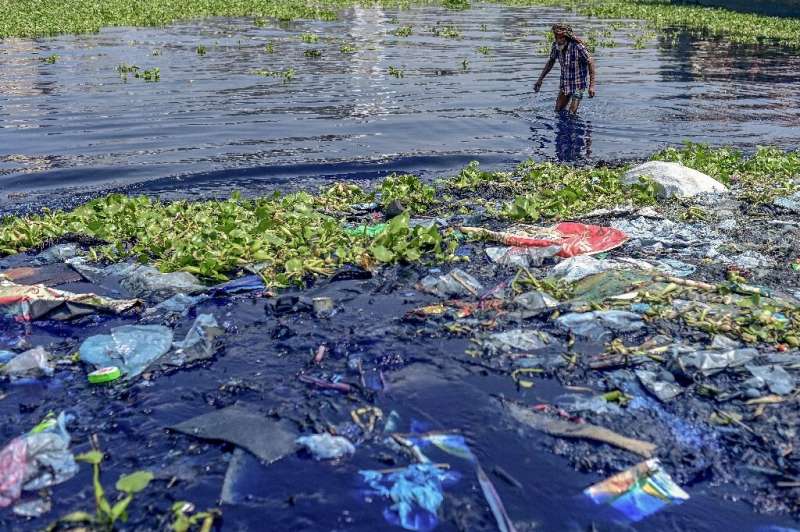
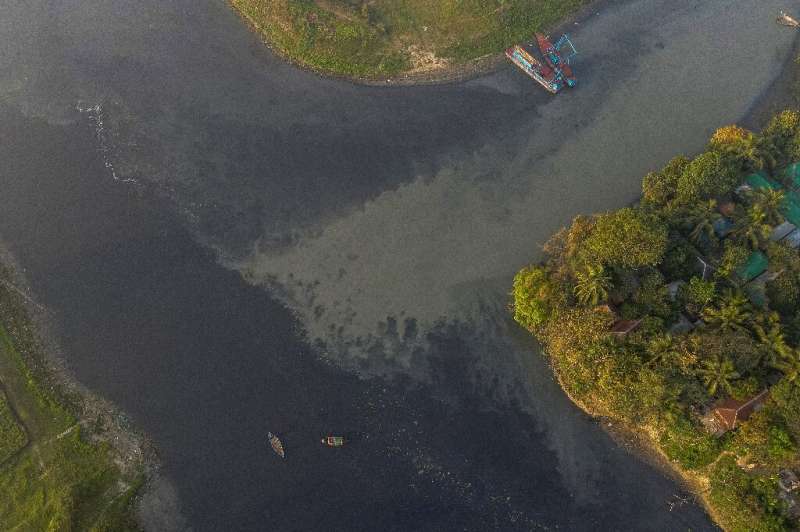
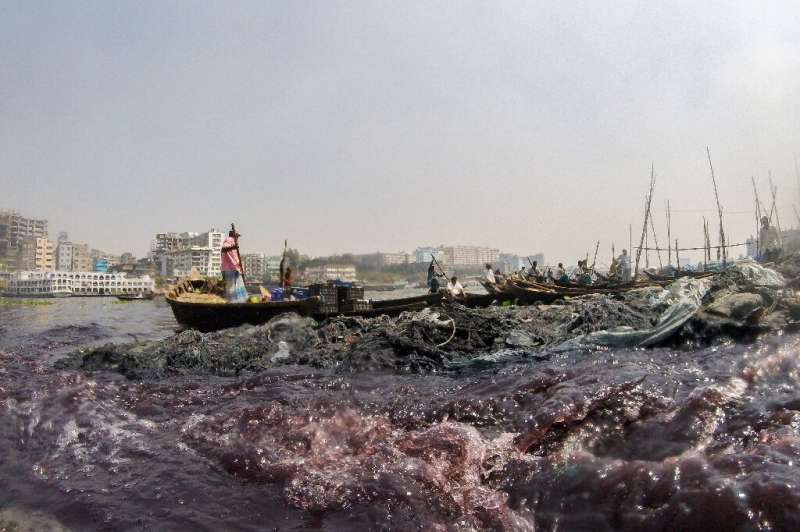
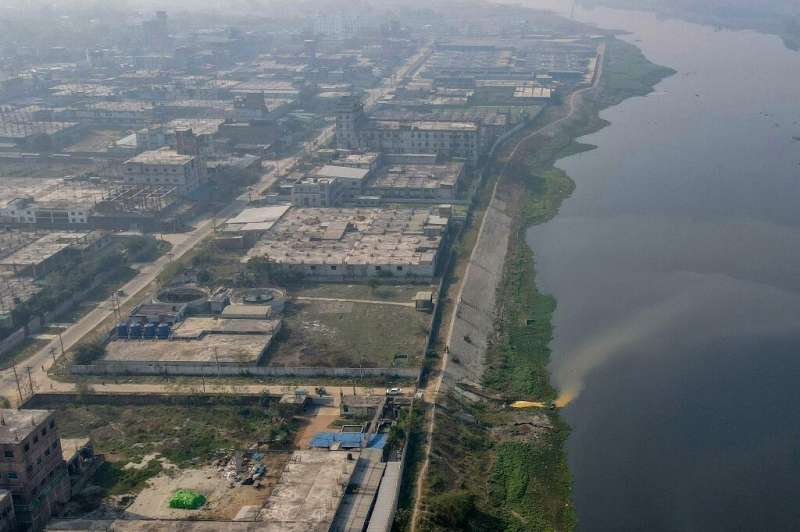
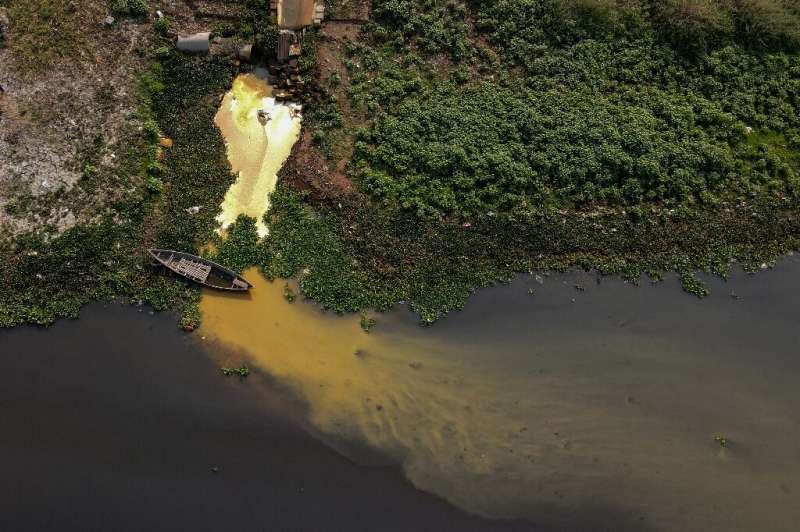


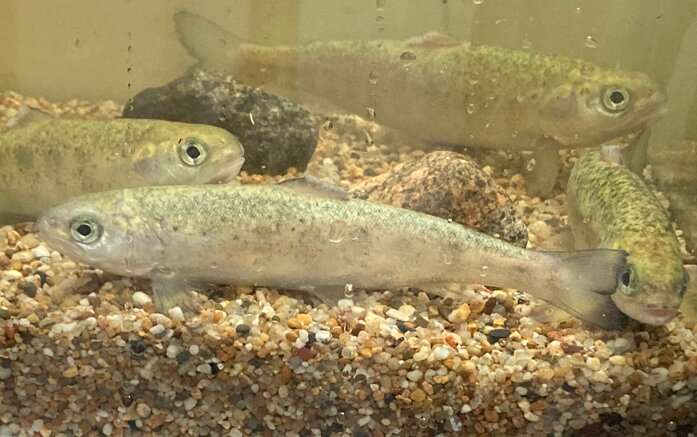
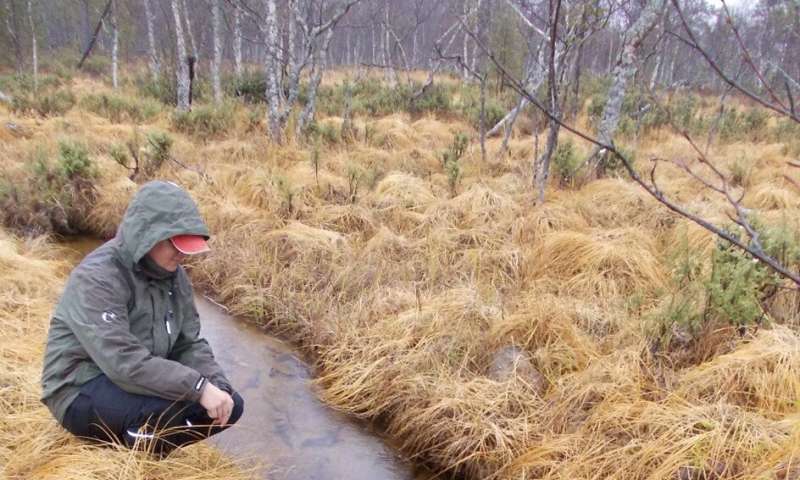
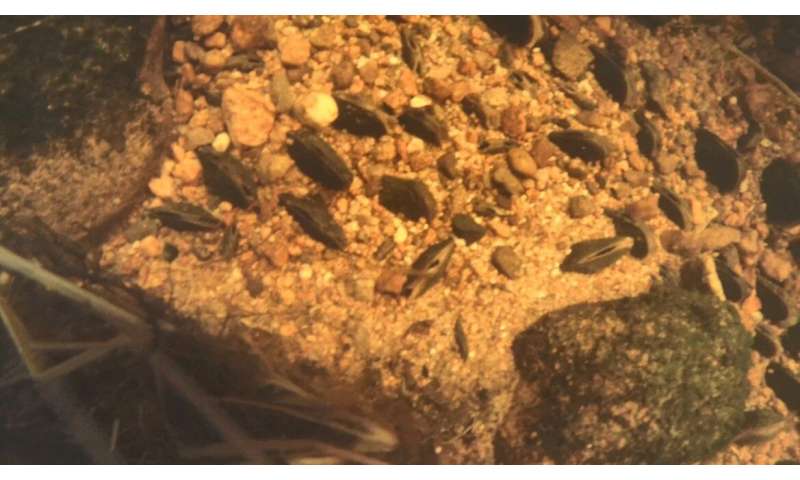

![Map of the Dampier Archipelago (Murujuga) showing locations of areas mentioned in the text. (Contains modified Copernicus Sentinel data [2020] processed by Sentinel Hub). Credit: <i>Geoarchaeology</i> (2022). DOI: 10.1002/gea.21917 Australia's first marine Aboriginal archaeological site questioned](https://scx1.b-cdn.net/csz/news/800a/2022/australias-first-marin.jpg)